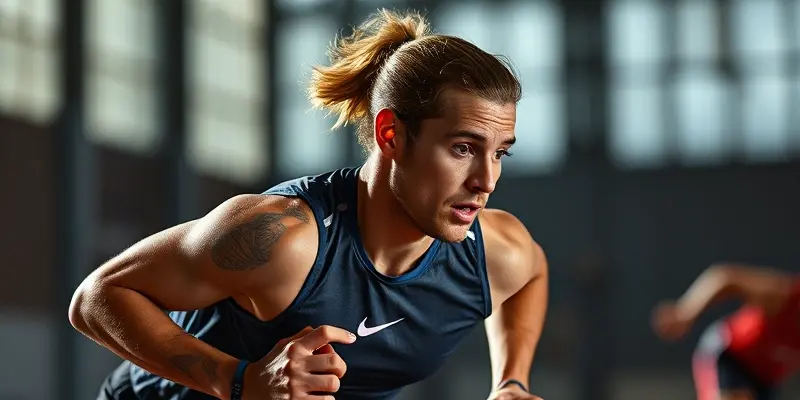Embrace Sustainable Practices for Injury Recovery and Prevention
In the world of fitness and sports, injuries are common, but they shouldn’t be viewed as insurmountable obstacles. By integrating sustainable sportswear and mindful recovery practices, athletes can prevent injuries, heal efficiently, and minimize their environmental impact. This guide explores how fitness enthusiasts—beginners and professionals alike—can achieve these goals.
Common Sports Injuries and Prevention
Athletes often encounter injuries such as muscle strains, joint sprains, and overuse issues like tendinitis. Preventing these injuries starts with sustainable sportswear. Eco-friendly options, like biodegradable bandages and attire made from bamboo or recycled polyester, provide necessary support without compromising the planet.
The key to injury prevention lies in structured warm-up and cool-down routines. These practices increase muscle flexibility and prepare the body for more intense activities. Moreover, avoiding excessive training loads by incorporating periodization in training schedules helps balance exertion with recovery.
Sustainable Recovery Practices
Effective recovery practices don’t always require cutting-edge technology. Prioritizing rest and gradually reintroducing physical activity supports muscle repair. However, full inactivity isn’t ideal. Incorporate active recovery techniques like walking or gentle stretching to maintain mobility.
Look for natural recovery aids. Essential oils (lavender, eucalyptus) offer pain relief while being kind to the environment. Reusable ice or heat packs are great substitutes for single-use disposables, enhancing your recovery process sustainably.
Nutrition for Healing
Diet plays a pivotal role in recovery. Embrace anti-inflammatory foods such as turmeric, ginger, and omega-3-rich items to control swelling and fast-track recovery. Protein from lean meats, legumes, and fermented foods supports tissue repair and boosts immune function. Opt for hydration through natural sources like coconut water to avoid single-use plastics. Choosing local, organic, and minimally processed foods aligns dietary choices with sustainability.
Tools and Gadgets Supporting Muscle Repair
Modern recovery tools can make a significant impact. Foam rollers, massage balls, and resistance bands are invaluable for releasing tension and enhancing circulation. Look for these tools made from eco-friendly materials to reduce your carbon footprint. Compression garments made from recycled fabrics also aid in post-exercise swelling control and tissue recovery.
Psychological and Holistic Support
Mental resilience is as crucial as physical strength in injury recovery. Set clear, achievable goals to track progress and maintain motivation. Mindfulness techniques, including meditation and deep breathing exercises, lower stress and support recovery hormones. Building a robust support network of coaches, physiotherapists, and peers boosts accountability and encouragement throughout the recovery journey.
Conclusion
Recovering from sports injuries doesn’t have to be detrimental to the environment. By integrating sustainable practices—from sportswear to nutritional choices—athletes can enhance their recovery process while contributing to environmental preservation. Embarking on this sustainable journey ensures a healthier lifestyle for you and a better future for the planet. Embrace these practices and lead the way towards a more sustainable and fit tomorrow.

